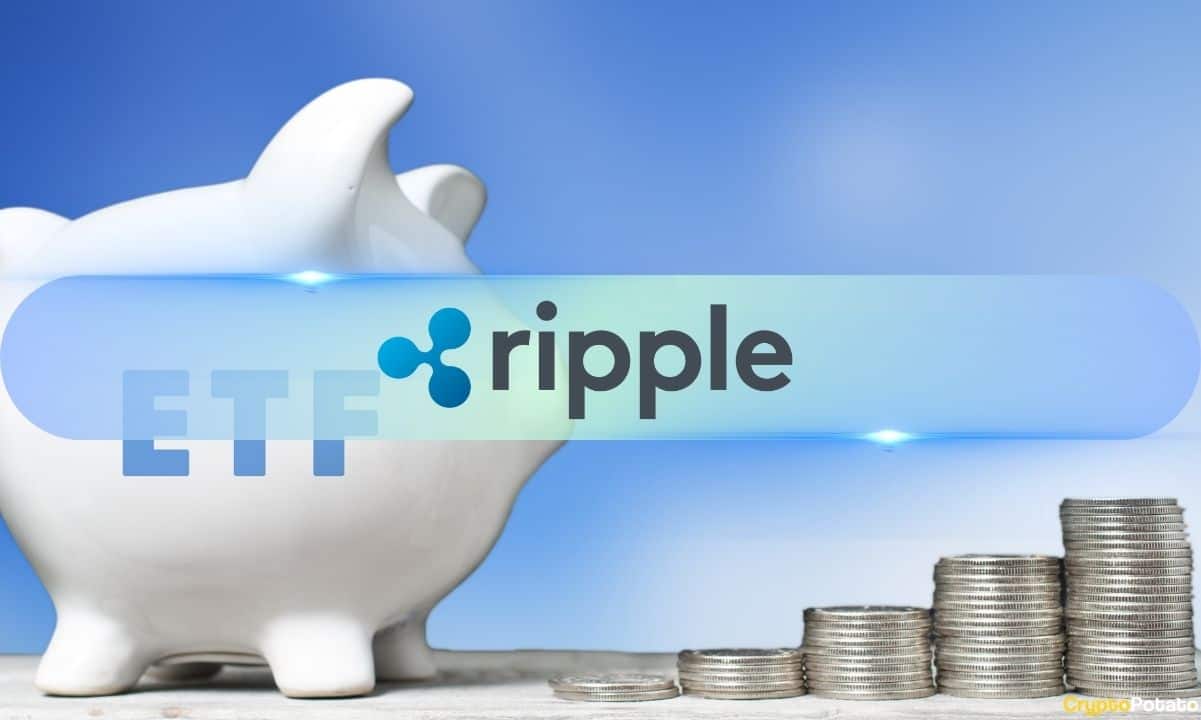Blockchain data analysis company Glassnode found that Bitcoin users continue to hold their coins tightly, whereas Ethereum holders are far more active in moving or cashing out their coins.
In its report, the firm noted that BTC was starting to resemble a “digital savings asset,” seeing how it’s transferred far less often than Ethereum. In contrast, it compared ETH to digital oil, a token that’s both stored and constantly spent to power the network and back collateral.
It wrote, “Bitcoin behaves like the digital savings asset it was designed to be, in that coins are largely hoarded, turnover is low, and recent behavior shows that more supply is migrating into long-term hold wrappers rather than sitting on exchanges.”
Glassnode noted that Ethereum’s old tokens circulate much faster than Bitcoin’s
Glassnode noted, however, that Ethereum’s activity mirrors what you’d expect from a high-throughput smart-contract network, especially since it’s supported by a large staking base and, more recently, boosted by ETF-driven investor demand.
According to the report, the token’s long-term holders are circulating old coins three times faster than those of BTC, which suggests a utility-driven culture among holders. In practice, ETH fuels countless crypto operations; users need it to send digital dollars, make token trades on decentralized exchanges, or pay gas fees.
The divergence in holder behavior between Bitcoin and Ethereum has become ‘more relevant than ever due to institutional engagement,’ say market analysts. Long-term trends in holding are often a testament to investors’ faith in the asset’s monetary properties.
At the same time, a high velocity of a token generally reflects that the network demand has been strong. As crypto assets are increasingly scrutinized by institutions for their utility versus store-of-value factors, the behavior split between BTC and ETH is expected to impact portfolio allocation strategies as 2025 comes to an end.
Although Ethereum functions less like a store of value than BTC, and its coins circulate more, Glassnode noted that it still has savings use cases — roughly 25% of the supply sits in staking and ETF products.
Ethereum will launch the Fusaka upgrade this December
These dynamics come at a pivotal time for Ethereum, which is preparing for the Fusaka upgrade in less than a month. On December 3, the Ethereum network will launch its new Fusaka upgrade, designed to provide increased scalability, lower gas fees, improved validator performance, smoother transaction movement, and stronger growth on Layer 2.
The Fusaka rollout has investors on alert, much like Shanghai and Dencun did before, both of which enhanced the Ethereum network. Experts have suggested that the Fusaka upgrade could reinforce Ethereum’s position in decentralized finance and lay the groundwork for its growth in 2026.
The update will set a per-transaction gas cap at 16.78 million units, preventing a single transaction from consuming an entire block, thereby improving network efficiency and reducing DoS risks. The overall block gas limit will also increase to 60 million units, enabling more transactions to be processed simultaneously.
Bitcoin and Ethereum declined due to macro headwinds
The cryptocurrency market took a downturn from November 10 to 14, as global risk aversion drove major coins lower. Bitcoin started the week at about $106,000 and declined to below $96,000 by November 14 — its lowest level in over six months.
Bitcoin dropped after the Fed adopted a hawkish stance, snuffing out hopes of any near-term interest rate reduction and pushing speculative assets lower. Ethereum tracked Bitcoin’s downward trajectory, although milder, tumbling from $3,567 on November 10 to nearly $3,113 by the end of the week.
Strong on-chain metrics and consistent institutional interest supported asset activity but were insufficient to offset the macroeconomic headwinds. The market reacted to global cues, rather than crypto-specific events, which pushed down the prices of Bitcoin and Ethereum; however, analysts noted potential opportunities for entry.
Claim your free seat in an exclusive crypto trading community – limited to 1,000 members.
Source: https://www.cryptopolitan.com/bitcoin-long-game-beats-ethereum/


